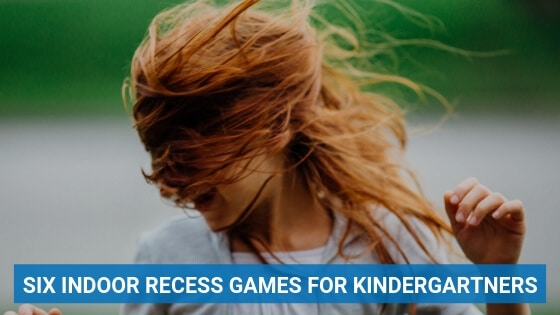While young children may not easily grasp the abstract concept of time, they are nonetheless inundated with references to the measurement of time. They observe that understanding time, knowing what time it is, knowing how much time something is going to take, and the like, seem to be very important to the adults around them. The cultural structures of time are absorbed in the same way that children integrate other cultural norms.
The Early Childhood classroom includes some specific lessons to help children to make sense of those norms, to name qualities of time and to learn to “tell time,” a skill many children are motivated to learn as they model the values of the adults they love. While other activities may support children understanding of time, the Language lessons best support children’s ability to describe time as they learn to use those descriptions in their daily lives.
In many classrooms, you’ll find a simple, working analog clock with hands and numerals that allows the child to manipulate the parts of a clock as he or she learns the appropriate language. This clock is usually hung low enough for the child to remove from the wall, but in a space visible to the room. Teachers will present formal Three-Period Lessons on the parts of the clock, the “minute hand,” “second hand” and “hour hand,” for example, or skip counting lessons counting the minutes by fives around the sixty segments of the clock face. Children can practice “telling time,” by counting off the hour and minutes on the clock. If a child knows the numerals from one to ten, the teens and the tens, she might be invited to a lesson identifying those on the face of the clock. The clock might be removed to rest in the center of ellipse during a small group silent game, to experience what a minute feels like, or what three minutes feel like or so on. More experienced children might play “How many? How long?” games, measuring how many math equations they are able to complete in a minute, for example, or challenging peers to identify particular quantities of a some category in their classroom. “How many red items can we name in one minute?” They may be invited to write the numerals on a clock face, to fill in missing numerals or to create simple schedules for themselves that identify at what time they wake, eat breakfast, dress for school, etc. Children who understand fractions will be introduced to the similar circular shape of the clock face and the fraction insets, and taught to “tell time” in terms of those fractions, “half past,” or “a quarter after…”
Early Childhood lessons on Time, like the other materials of the Early Childhood classroom, allow children to organize and systematize the world around them. As children grow, this organization will be used to compare and contrast life cycles, social developments, political trends, geologic time and more. The Montessori materials present even the most seemingly abstract processes in developmentally responsive ways, propelling children’s knowledge and offering them the tools they need to be independent contributors.
This post first appeared on Montessori Daoshi.


